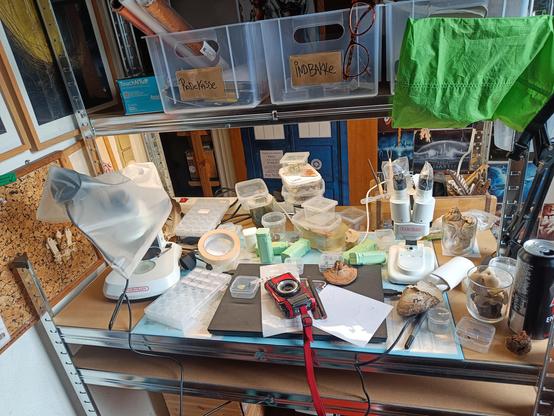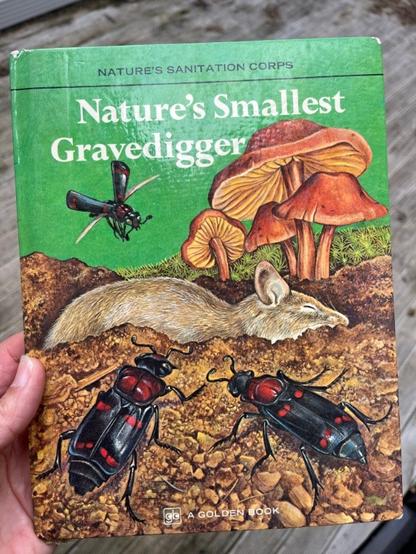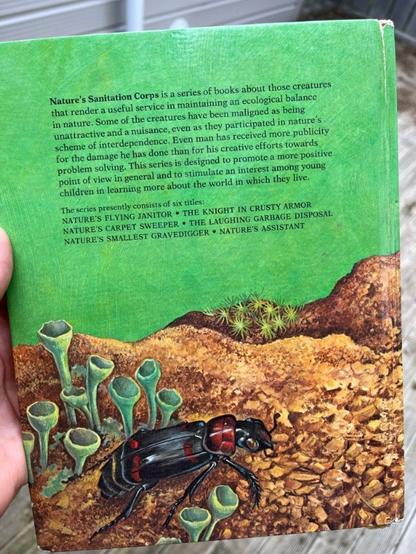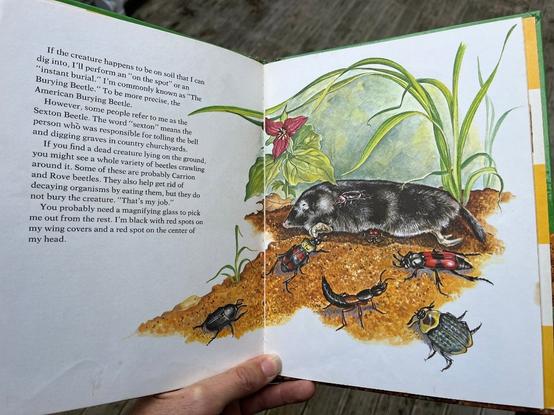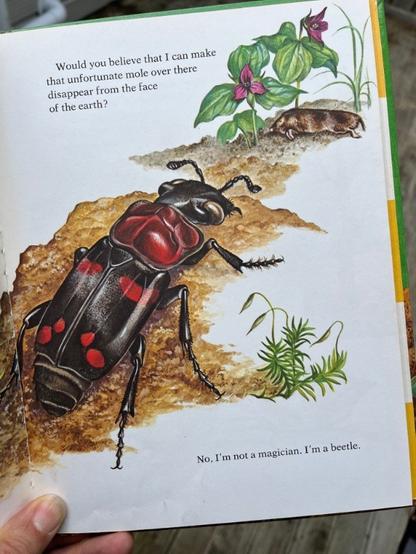Part 1/2 Dead Things
So..uhm..I collect dead things. I don't kill them, but if I find dead insects or roadkill, I often bring them home for further study. Larger creatures go in rotting cages to observe carrion beetles and collect skulls and bones later, smaller ones as wet specimens, or if they are dry in airtight containers.
Occasionally the container is not airtight enough or the dry specimen wasn't as dry as I thought, and today something was stinking up the place something awful....
